Understanding Mounting Hardware Innovations and Their Impact on Modern Construction Techniques
In the ever-evolving landscape of modern construction, the role of mounting hardware has become increasingly significant. These essential components not only facilitate the secure attachment of various materials but also influence the overall efficiency and effectiveness of construction techniques. Innovations in mounting hardware have led to enhanced structural integrity, improved installation processes, and greater adaptability to diverse building designs. As architects, engineers, and builders strive for higher standards in safety and performance, understanding the types and functions of mounting hardware is crucial. This exploration highlights how advancements in these seemingly simple yet critical components are reshaping construction practices, paving the way for more sustainable, resilient, and innovative building solutions. By examining the latest trends and technologies, we can gain valuable insights into the future of construction and the integral role that mounting hardware plays in it.
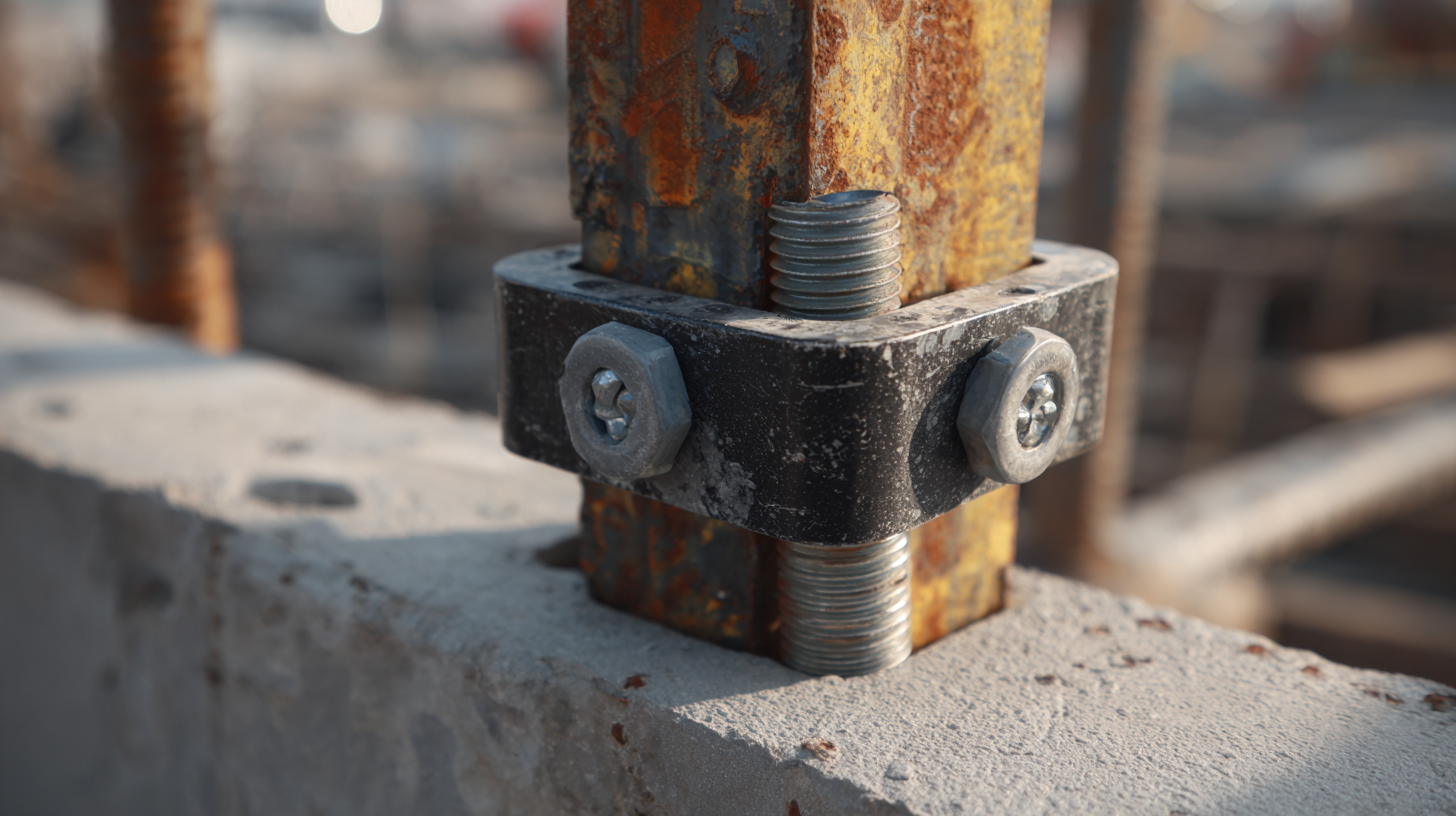
Innovative Mounting Hardware: Enhancing Structural Integrity in Modern Construction
Innovative mounting hardware plays a critical role in enhancing structural integrity in modern construction. As per a recent report by the Construction Specifications Institute, nearly 70% of structural failures in buildings are attributed to inadequate anchoring and fastening solutions. With advancements in materials and technology, modern mounting hardware, including high-performance anchors and bolts, offers improved resistance against environmental stressors such as wind, seismic activity, and thermal expansion.
These innovations not only increase the durability of structures but also streamline installation processes, reducing labor costs by up to 25% according to the National Association of Home Builders. For instance, modular fastening systems allow for quicker assembly times without compromising safety, allowing contractors to complete projects more efficiently.
**Tips:** When selecting mounting hardware, consider the specific environmental factors your structure will face. Always opt for materials that provide the highest level of corrosion resistance in harsh climates. Additionally, ensure that your installation team is trained on the latest technologies and installation techniques to fully leverage the benefits of new mounting systems.
Understanding Mounting Hardware Innovations and Their Impact on Modern Construction Techniques
| Dimension | Description | Impact on Structure | Innovation Level |
|---|---|---|---|
| Material Strength | Use of advanced composites and alloys | Increases load-bearing capacity and durability | High |
| Ease of Installation | Quick-connect features and modular designs | Reduces labor costs and installation time | Medium |
| Adaptability | Flexible mounting systems for varying designs | Supports diverse construction styles and modifications | High |
| Corrosion Resistance | Use of protective coatings and treatments | Extends lifespan of structures in harsh environments | Medium |
| Sustainability | Recyclable materials and eco-friendly production | Minimizes environmental impact of construction | High |
The Role of Advanced Materials in Mounting Hardware Development and Performance
The landscape of mounting hardware has experienced significant advancements, driven by the integration of advanced materials that enhance both development and performance. According to a recent Market Research Future report, the global mounting hardware market is projected to reach $8.4 billion by 2025, with a substantial portion attributed to innovations in materials like high-strength polymers and lightweight alloys. These materials not only reduce the overall weight of mounting solutions but also improve their resistance to environmental stressors, leading to longer lifespans and reduced maintenance costs.
Furthermore, the aerospace and construction industries are increasingly adopting these advanced materials to meet the growing demands for durability and efficiency in mounting systems. For instance, a study by the American Institute of Steel Construction indicated that using advanced composites in structural applications can yield weight savings of up to 30% while enhancing load-bearing capabilities. This trend is transforming modern construction techniques, as builders can now design lighter and more resilient structures without compromising on safety or performance, ultimately resulting in more sustainable construction practices.
Understanding Mounting Hardware Innovations
How Smart Mounting Systems are Revolutionizing Building Automation Technologies
Smart mounting systems are at the forefront of revolutionizing building automation technologies, offering unprecedented efficiency and adaptability in modern construction. According to a report by MarketsandMarkets, the smart building market is projected to grow from $82 billion in 2020 to over $300 billion by 2026, largely driven by innovations in mounting hardware that facilitate smart technology integration. These systems not only enhance the automation of lighting, HVAC, and security systems but also contribute to energy efficiency and reduced operational costs, significantly impacting the sustainability of new constructions.
As building designs become more complex, smart mounting solutions such as modular brackets and adjustable mounts enable seamless installation of hardware like sensors and cameras, making buildings smarter without compromising aesthetics. A study from McKinsey notes that implementing advanced automation technologies in buildings can lead to energy savings of 30% to 50%. Moreover, the ability to easily integrate IoT devices into adaptable mounting systems paves the way for future-proof buildings that can accommodate evolving technologies over time. Ultimately, smart mounting systems are integral to the ongoing transformation of the construction industry, combining functionality with innovation to meet modern demands.
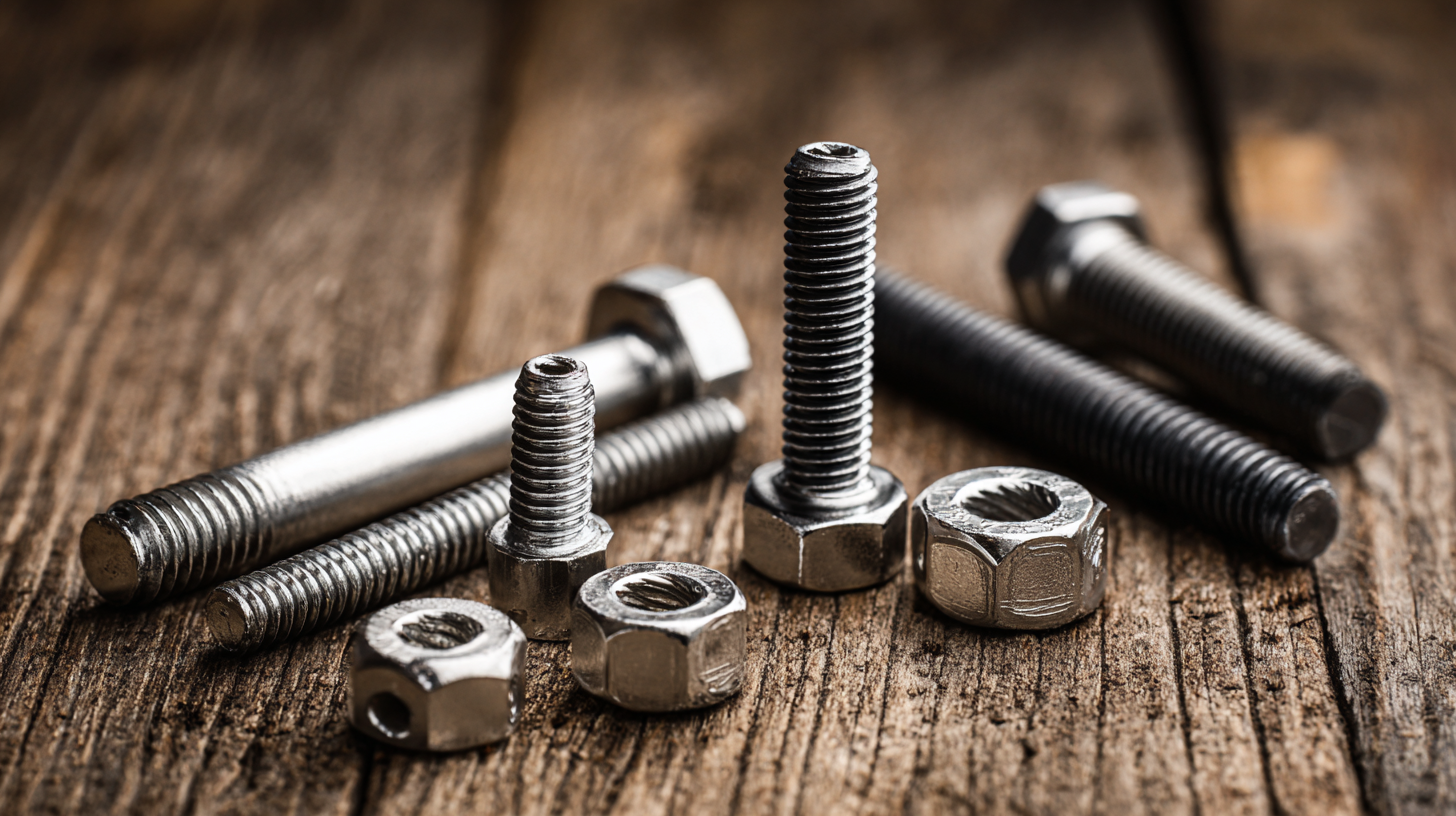
Impact of Mounting Hardware Innovations on Sustainable Construction Practices
In recent years, mounting hardware innovations have significantly transformed sustainable construction practices, offering a combination of efficiency and environmental responsibility. According to a report by the World Green Building Council, sustainable building materials, including advanced mounting hardware, can reduce construction waste by up to 30%. This is particularly crucial in meeting global sustainability goals, as the construction industry accounts for nearly 39% of carbon emissions worldwide. The introduction of modular mounting systems, which are both lightweight and durable, allows for quicker installations and minimizes the need for additional structural materials.
Moreover, companies like the American Institute of Architects have noted that advanced mounting solutions, such as those using recycled or repurposed materials, contribute to LEED certification achievements, encouraging the industry to adopt greener alternatives. A 2022 survey by McGraw Hill found that 42% of construction firms reported increased demand for sustainable products, including innovative mounting hardware, as clients prioritize environmentally friendly practices. These innovations not only enhance the speed and efficiency of construction projects but also align with the broader shift towards sustainability, demonstrating that modern construction techniques can be both effective and planet-friendly.
Case Studies: Successful Integration of New Mounting Technologies in Major Projects
The integration of new mounting technologies in construction has revolutionized project execution, showcasing their significance through several successful case studies. For instance, the transition to innovative fastening systems has allowed for quicker assembly and improved structural integrity in large-scale developments. A report indicates that using advanced mounting hardware can reduce installation time by up to 30%, translating to substantial cost savings and increased efficiency.
Tips: When considering new mounting technologies, take the time to evaluate the compatibility with existing materials and structures. Ensuring that your team is adequately trained in these innovations can also prevent costly mistakes during implementation.
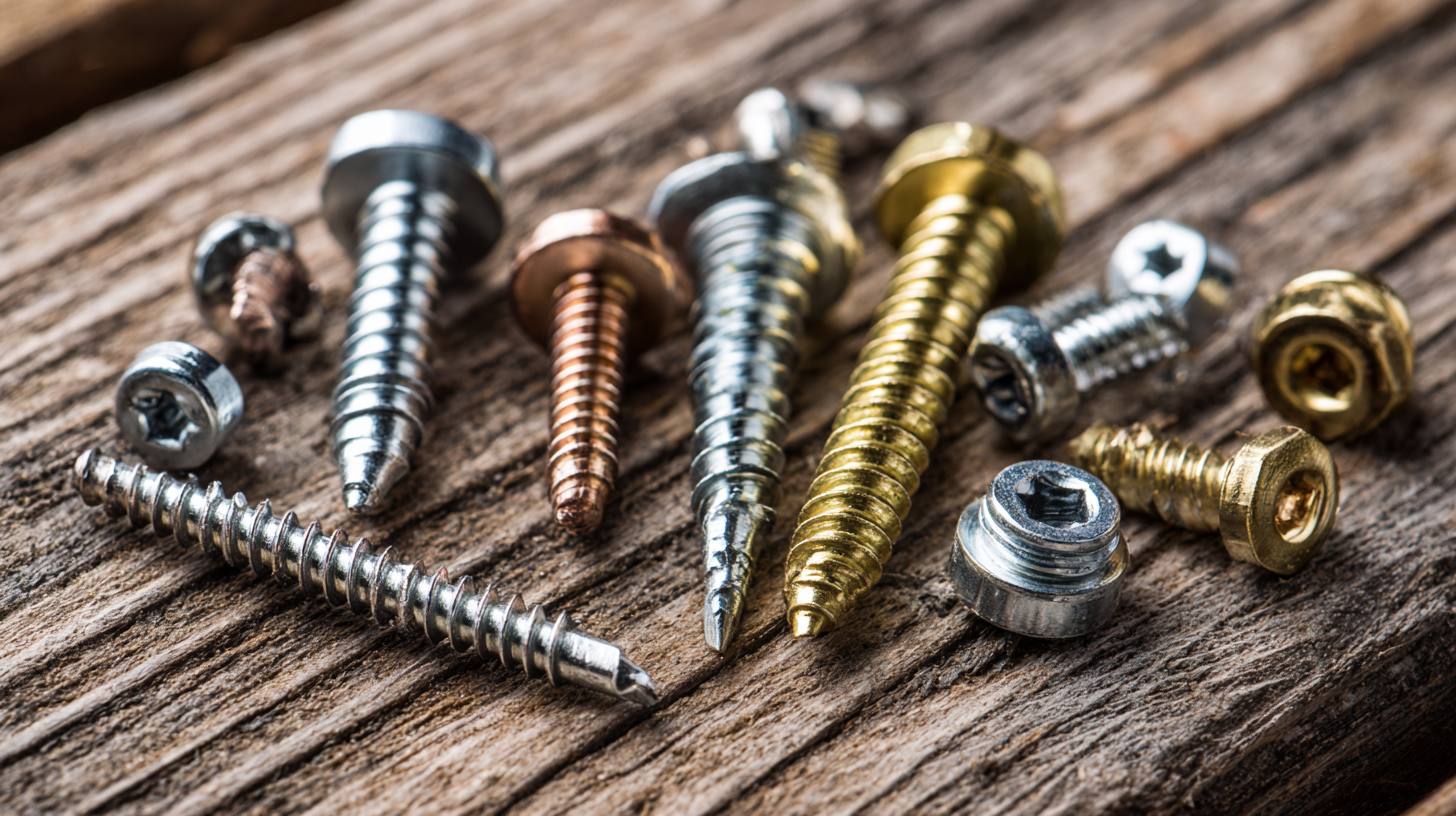
Moreover, major projects such as the Net Zero Teesside Power initiative demonstrate the effective application of mounting solutions in conjunction with sustainable practices. Incorporating these technologies not only supports environmental goals but also enhances operational performance, as indicated by industry analyses pointing to a 20% increase in energy efficiency in similar projects. As the construction sector continues to embrace these advancements, the emphasis on strategic integration will undoubtedly pave the way for future innovations.
Tips: Regularly review industry reports for insights on the latest mounting hardware trends, as staying informed can significantly influence project outcomes.
Related Posts
-

Exploring Innovative Mounting Hardware Solutions for Every Application
-

The Ultimate Guide to Choosing the Best Mounting Hooks for Your Needs
-
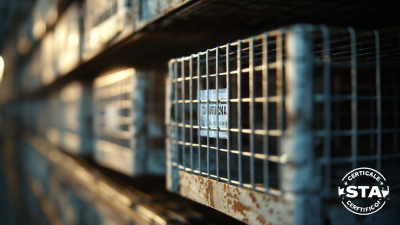
Ensuring Global Compliance for Best Storage Trays A Guide to Import Export Certifications
-

The Ultimate Guide to Transforming Your Space with Adjustable Shelving Solutions
-
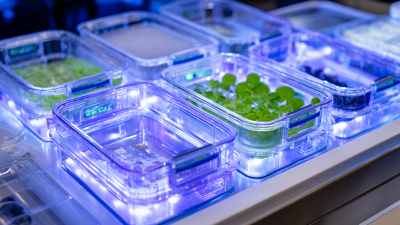
Exploring the Future of Best Storage Trays in 2025 Technology Trends and Innovations
-

Step-by-Step Guide to Choosing the Perfect Shelves with Drawers for Your Home
